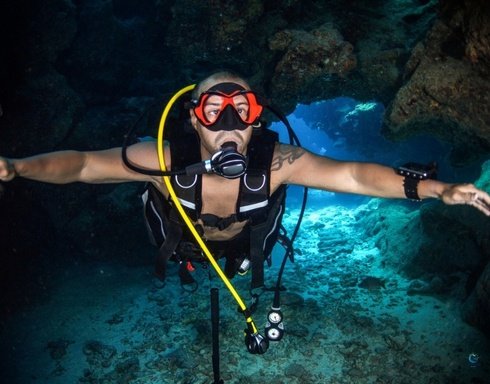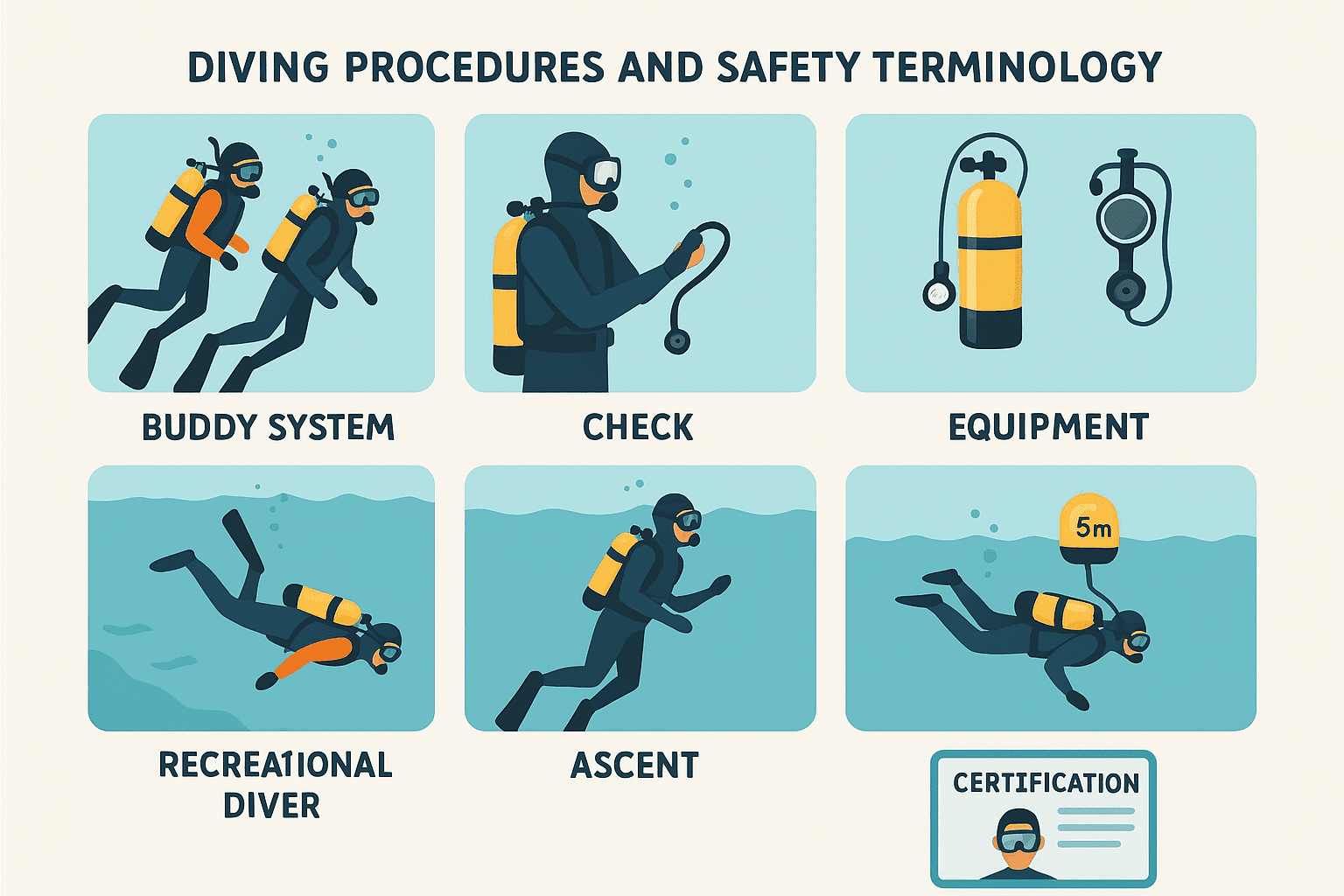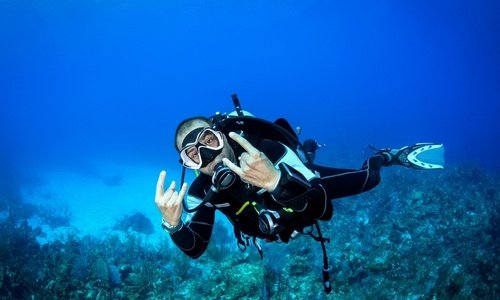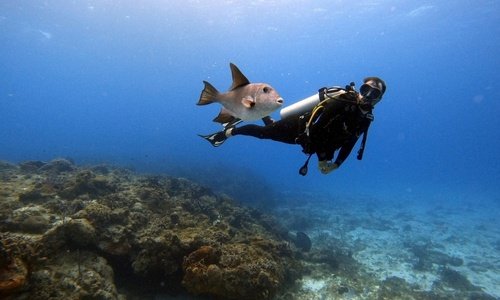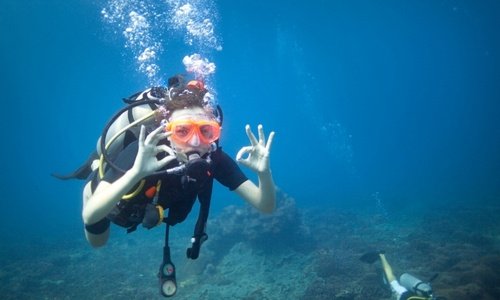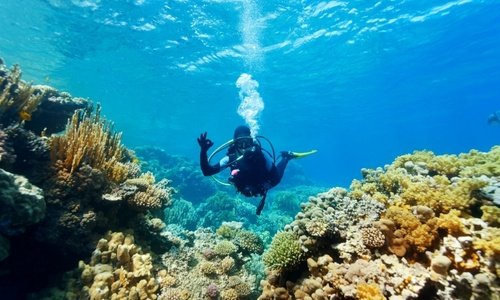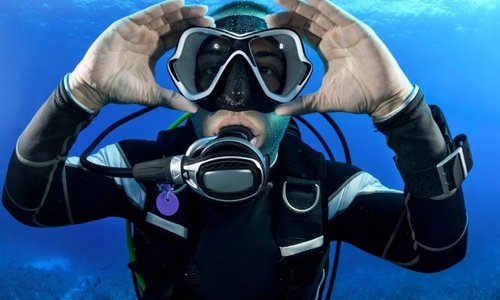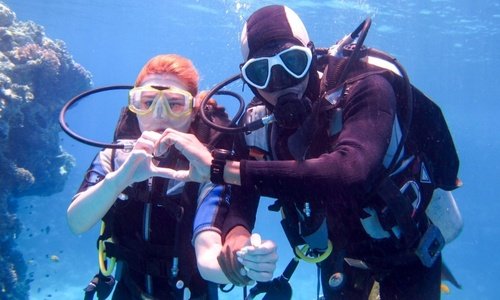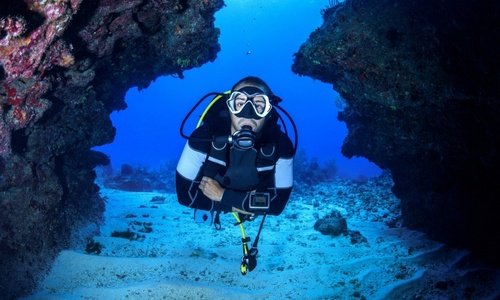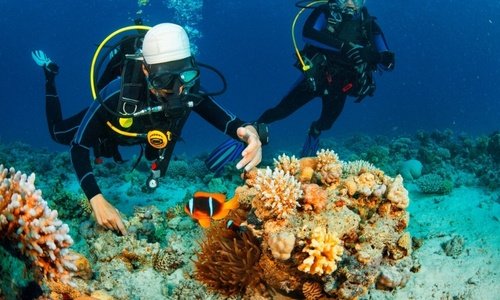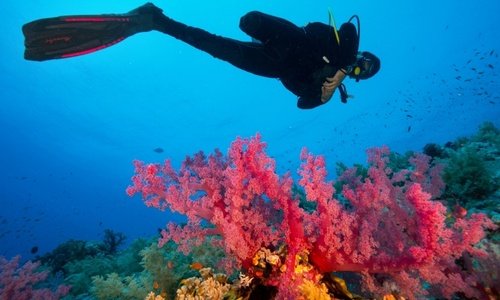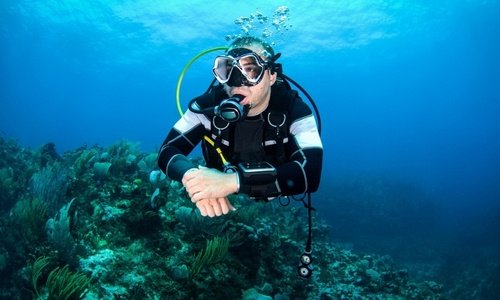Comprehensive Guide to Diving Procedures and Terminology
🌊 Foundational Dive Planning and Safety Protocols
Underwater exploration, while exhilarating, necessitates strict adherence to established protocols and comprehensive understanding of critical safety terminology. This authoritative guide is crafted to detail the technical and safety-focused diving terms that are vital for every enthusiast, ensuring informed decision-making from pre-dive checks to emergency management.
The Buddy System: Cornerstone of Collaborative Safety
The Buddy System is universally recognized as the bedrock of dive safety. It mandates continuous mutual oversight regarding equipment integrity, ambient conditions, and partner well-being. This collaborative approach allows for immediate intervention in case of equipment malfunction or unforeseen emergencies, cementing it as a fundamental diving rule for all experience levels.
Leveraging Dive Computers for Decompression Management
Modern diving mandates the use of a sophisticated Dive Computer. This essential instrument dynamically calculates real-time depth, elapsed time, and crucial decompression obligations. Proper configuration of your dive computer during the planning phase is non-negotiable, as it ensures you remain within the No-Decompression Limit (NDL), significantly mitigating the risk of decompression sickness.
⏱️ Air Management and Physiological Limits in Depth
Effective air consumption management is paramount to a successful dive profile. Calculating and respecting your air usage rate ensures adequate reserves for the entire dive plan. Understanding the physiological responses of the human body to increased hydrostatic pressure is key to maximizing SCUBA safety.
Monitoring Surface Air Consumption (SAC) Rate
Your Surface Air Consumption (SAC) Rate quantifies the volume of gas you consume per minute at surface pressure conditions. This metric is highly individualized, influenced by fitness, stress levels, and exertion. Detailed dive planning requires integrating each diver's anticipated SAC rate to conservatively establish reserve gas requirements, directly impacting maximum bottom time.
Understanding Pressure-Related Risks: Barotrauma and Narcosis
Divers must be acutely aware of the effects of pressure differentials. Rapid ascent can cause gas expansion, leading to potential tissue injury known as Barotrauma (affecting ears, sinuses, or lungs). Furthermore, increased depth introduces the narcotic effect of nitrogen on the central nervous system, commonly referred to as Nitrogen Narcosis. Awareness of these depth-related diving safety terms is crucial for maintaining sound judgment underwater.
🆘 Emergency Procedures and Essential Underwater Communication
Despite meticulous planning, unexpected contingencies can arise during an underwater excursion. Executing pre-learned emergency protocols without panic is lifesaving. Clear, standardized communication forms the backbone of rapid and effective emergency response.
 Executing Controlled Free Ascent Techniques
Executing Controlled Free Ascent Techniques
In scenarios involving partner separation or total air depletion, the Free Ascent procedure is activated. This involves controlled, continuous exhalation while ascending to the surface to prevent dangerous lung overexpansion injuries caused by expanding gases. Adhering strictly to the rule of continuous breathing makes this one of the most critical diving rules.
Standardized Hand Signals for Immediate Clarity
As verbal communication is impossible, universal Hand Signals serve as the primary means of conveying critical information underwater. Key signals—such as confirming well-being ('Are you OK?'), signaling low air, or indicating an emergency—allow team members to rapidly communicate status updates. Flawless execution of these diving procedures prevents critical misunderstandings.
Key Diving Terminology Summary Table
| Terminology | English Equivalent | Concise Definition |
| Buddy Sistemi | Buddy System | Mutual responsibility and equipment checks. |
| Dal. Bilgisayarı | Dive Computer | Instrument tracking decompression status. |
| No-Deco Limit | NDL | Maximum safe time without mandatory decompression stops. |
| Hava Tüketimi | SAC Rate | Individual gas consumption measurement. |
| Serbest Çıkış | Free Ascent | Emergency ascent protocol requiring constant exhalation. |
| Barotrauma | Barotrauma | Injury resulting from pressure imbalance in body cavities. |
| Narkoz | Nitrogen Narcosis | Impairment of cognitive function due to dissolved nitrogen. |
Mastering these detailed diving procedures and safety terms is not just about compliance; it is about establishing a foundation for consistently safe and rewarding underwater experiences. Every professional dive hinges upon the rigorous application of these established safety parameters.
-
CAMPAIGNS
-
BOOK NOW

